工作室艺术学士-面料设计
Bachelor of Fine Arts in Studio Art - Fabric Design


学历文凭
Bachelor Degree

专业院系
Department of Art and Art History

开学时间

课程时长

课程学费

国际学生入学条件
High School Transcript is required
An official transcript (preferred) includes the school's official seal or the signature of a school administrator and is either sent directly from the school or submitted in an envelope sealed by the school. Your high school counselor can also email a high school transcript and it will be considered official if submitted from a school email address as verification.
Unofficial transcripts are sufficient to complete your application file
Your transcript must show:
Name
Grades received through the end of the junior year
GPA
Electronic copies are accepted through a secure source (i.e. Parchment, Naviance, TRex, Slate.org, Scribbles, National Clearinghouse, SCOIR and Greenlight).
Paper transcripts may be mailed to the following address and are received in 2-4 weeks.
Official IELTS score of 6.5
Official TOEFL score of 80
GPA - 3.0
An official transcript (preferred) includes the school's official seal or the signature of a school administrator and is either sent directly from the school or submitted in an envelope sealed by the school. Your high school counselor can also email a high school transcript and it will be considered official if submitted from a school email address as verification.
Unofficial transcripts are sufficient to complete your application file
Your transcript must show:
Name
Grades received through the end of the junior year
GPA
Electronic copies are accepted through a secure source (i.e. Parchment, Naviance, TRex, Slate.org, Scribbles, National Clearinghouse, SCOIR and Greenlight).
Paper transcripts may be mailed to the following address and are received in 2-4 weeks.
Official IELTS score of 6.5
Official TOEFL score of 80
GPA - 3.0
IDP—雅思考试联合主办方

雅思考试总分
6.5
了解更多
雅思考试指南
- 雅思总分:6.5
- 托福网考总分:80
- 托福笔试总分:160
- 其他语言考试:PTE - 60
CRICOS代码:
申请截止日期: 请与IDP顾问联系以获取详细信息。
课程简介
面料设计的重点是向学生介绍传统面料设计技术,并结合当前用于面料表面和结构设计的创新和非传统材料,形式和工艺。面料设计集中于六个课程,探讨了广泛的技术,材料和工艺。织物表面设计引入了染色和印花技术以及在诸如拼布,贴花,反贴花,缝和刺绣等项目中使用这些织物的方式。先进的表面设计探索正式的,即兴的,解构的和照相乳剂筛选方法,以创建码数和概念性艺术品。非织造织物/纤维结构专注于卷取,湿法和干法毡合,制书和涂改以及以前课程中未探讨的织物构造技术。编织引入了使用织机创建织物的多种目的。强调颜色,设计和替代材料的使用。
The fabric design concentration introduces students to traditional fabric design techniques in combination with current innovative and non-conventional materials, forms and processes used in the design of fabric surface and structure. The fabric design concentration consists of six courses that explore a wide range of techniques, materials and processes. Fabric surface design introduces dye and print techniques and ways to use these fabrics in projects such as patchwork, applique, reverse applique, quilting, and embroidery. Advanced surface design explores formal, improvisational, deconstruction and photographic emulsion screening methods to create yardage and conceptual art pieces. Non-woven fabric/fiber structures focuses on coiling, wet and dry felting, book making and altering, and fabric construction techniques not explored in previous courses. Weaving introduces the use of looms to create fabric for a variety of purposes. Color, design and use of alternative materials are emphasized. The last two courses in the sequence allow students to problem-solve and to further study a specific fabric design medium, technique, or concept to develop a cohesive body of work.
The fabric design concentration introduces students to traditional fabric design techniques in combination with current innovative and non-conventional materials, forms and processes used in the design of fabric surface and structure. The fabric design concentration consists of six courses that explore a wide range of techniques, materials and processes. Fabric surface design introduces dye and print techniques and ways to use these fabrics in projects such as patchwork, applique, reverse applique, quilting, and embroidery. Advanced surface design explores formal, improvisational, deconstruction and photographic emulsion screening methods to create yardage and conceptual art pieces. Non-woven fabric/fiber structures focuses on coiling, wet and dry felting, book making and altering, and fabric construction techniques not explored in previous courses. Weaving introduces the use of looms to create fabric for a variety of purposes. Color, design and use of alternative materials are emphasized. The last two courses in the sequence allow students to problem-solve and to further study a specific fabric design medium, technique, or concept to develop a cohesive body of work.
相关申请
 预科
预科 奖学金
奖学金 实习机会
实习机会 在校学习
在校学习 跨境学习
跨境学习 校园授课-线上开始
校园授课-线上开始 在线/远程学习
在线/远程学习
学校排名

世界排名601
数据源:泰晤士高等教育世界大学排名
本校相关课程
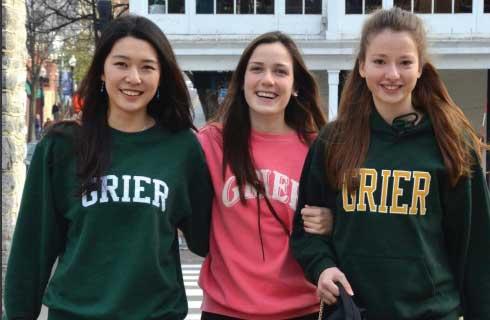
天体物理学理学学士
学历文凭
Bachelor Degree
开学日期
课程费用总额

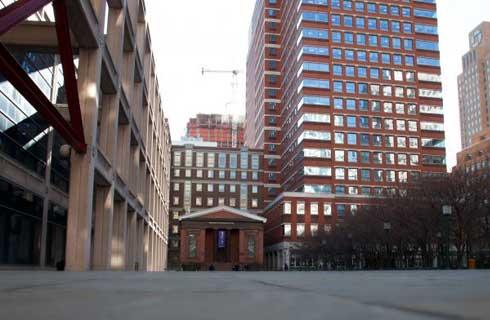
天体物理学学士学位
学历文凭
Bachelor Degree
开学日期
课程费用总额


社会学文学学士
学历文凭
Bachelor Degree
开学日期
课程费用总额


社会工作学士
学历文凭
Bachelor Degree
开学日期
课程费用总额


斯拉夫语和东欧研究文学学士学位
学历文凭
Bachelor Degree
开学日期
课程费用总额

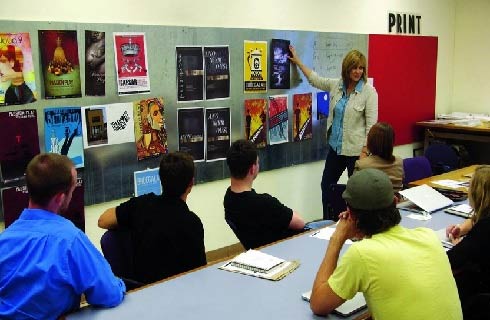
拉丁美洲研究文学学士学位
学历文凭
Bachelor Degree
开学日期
课程费用总额

其他相关课程
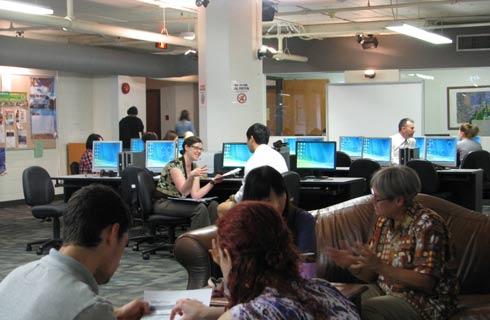
美术学士
 劳伦森大学
劳伦森大学学历文凭
Bachelor Degree
开学日期
课程费用总额


安大略大学时尚艺术高级文凭
 圣力嘉学院
圣力嘉学院学历文凭
Bachelor Degree
开学日期
课程费用总额


纪实媒体美术硕士
 多伦多都会大学
多伦多都会大学学历文凭
Masters Degree
开学日期
课程费用总额


新媒体艺术学士学位
 多伦多都会大学
多伦多都会大学学历文凭
Bachelor Degree
开学日期
课程费用总额


文学士学位
 菲莎国际学院
菲莎国际学院学历文凭
Bachelor Degree
开学日期
课程费用总额


UTP艺术与社会科学第二阶段
 菲莎国际学院
菲莎国际学院学历文凭
Foundation for Undergraduate
开学日期
课程费用总额



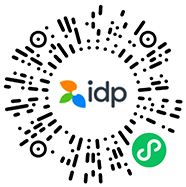

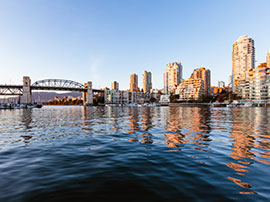


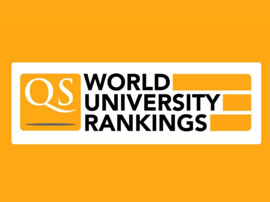
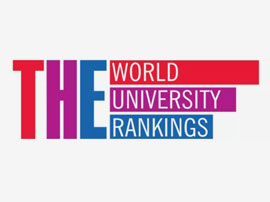



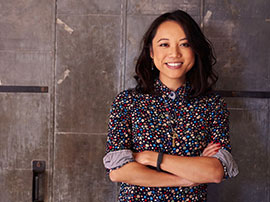

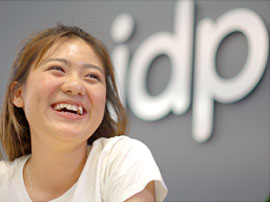




 美国
美国





